Sergeant Dave Ross gave an amazing, but harrowing talk about the consequences of prescription drug abuse to parents and students of the CCHS community on Tuesday February 2nd. The presentation, sponsored by Cathedral Cares, followed the talk Ross gave to freshmen during the Frosh Mosh. Spanning two-and-a-half hours, the presentation was more than informative; it featured shocking statistics, videos, and guest speakers coping with the unwise choices they made.’
Ross has worked with the San Diego Sheriffs for 21 years in a variety of areas within law enforcement, including SWAT, gang units, prisons, streets, and the narcotics department of the Drug Enforcement Agency (DEA). While working undercover, Ross began to see a huge influx of prescription drugs, and beginning in May 2008, he started working for a task force specifically targeted at cracking down on prescription drug abuse. Ross said that prescription drug abuse was most common in wealthier neighborhoods – La Jolla, Del Mar, Solana Beach, Torrey Pines, Rancho Santa Fe, and Poway have the highest Oxycontin use rates in San Diego, but usage of the drug has spread from Eastlake to Oceanside.
Sources of Oxycontin and other prescription drugs are mainly medicine cabinets, illegal sales conducted over the Internet, employee theft, pharmaceutical theft, smuggling across the border, dirty doctors, “doctor shopping” (visiting multiple doctors in a short amount of time for prescriptions for drugs), fraudulent prescriptions, and street-level dealers. When Ross first started working on the prescription drug task force in May of 2008, the intersection between Highway 15 and Highway 56 was considered to be the “portal” to Oxycontin.
On average, Oxycontin ranges from $60-80 a pill, and it is usually taken orally. However, it can also be crushed up and snorted, smoked, or injected intravenously. The pill is meant to provide 12 hours of pain relief, but for users, the drug is “10 times better than pot.” Those who inject Oxycontin can easily make the jump to the cheaper and more potent heroin. Common household materials used to absorb the drug are hollowed out pens, spoons, syringes, and aluminum foil.
Those who abuse Oxycontin claim that the drug gives them a relaxed, euphoric feeling. It allows them to be comfortable in their own skin, to fit in and escape from their own problems. Symptoms of prescription drug abuse include loss of appetite and weight, watery and sunken eyes, sickly complexion, constipation, tremors and twitching, frequent illness, intoxication, and odd sleep patterns.
While the majority of the presentation focused on Oxycontin because it is the most addictive and dangerous of prescription drugs available, Sergeant Ross gave horrifying statistics on general prescription drug abuse, which can be seen below. Vicodin, Xananx, Addearll, Fetanyl, Morphine, Ambian, and Soma are also popularly abused prescription drugs.
Throughout the presentation, the audience had the opportunity to meet three young adults who were once abusers of prescription drugs, and each of their stories represented a different possible outcome of prescription drug usage.
At the time of her arrest, Sam was a high school student, only fifteen years old. On camera, she admitted to officers that she came from a stable middle-class home with loving parents. She also told them Oxycontin was the drug of choice among teenagers who abused prescription drugs in Poway. After her arrest, Sam went to rehab on and off. Now twenty years old, Sam attended the presentation, proudly stating she has been sober for 21 months. In a question-and-answer session with the audience, Sam admitted that she started using marijuana as coping mechanism when she was 14 before moving on to Oxycontin.
Jay, another teenager whose story was shared that night, did not share the same success as Sam in overcoming his addiction. In 2005, Jay was arrested and was facing 9 counts of breaking and entering; he had to steal to fund his expensive prescription drug habits. For a lesser sentence, he agreed to cooperate with the San Diego County Sheriffs in their efforts to combat prescription drug abuse. Once in prison, Jay relapsed, and after being released, he was found dead in the summer of 2008 in Mexico.
On October 9, 2005, Aaron Rubin’s parents received a nightmarish call – their son was not breathing and was being taken to the emergency room immediately. Doctors told them to expect to lose their son that day, but Aaron remained in a coma for 3 weeks before regaining consciousness. A heart attack and two strokes that resulted from accidental overdose of Oxycontin and other prescription drugs left Aaron a quadriplegic.
Towards the end of the presentation, Aaron and his parents were brought out on stage, and Aaron also did a question-and-answer session wit the audience, using one finger for “yes” and two fingers for “no.” When asked, Aaron held up one finger when his parents asked him if it was too late for him to achieve his dreams, but when they asked the same question concerning the students in the audience, he held up a firm two fingers.
Since his overdose and miraculous recovery, Aaron’s parents have sponsored their own drug-awareness program, “Rollin’ with Rubin.” They also support a non-profit organization called “H.O.P.E.,” (Heroin, Oxycontin Prescription Pill Education) that is meant to provide drug abuse presentations and resources to schools and communities.
Perhaps the most surprising aspect of Ross’s presentation was the naïve approach teenagers have towards prescription drugs. Most teenagers believe that prescription drugs are much safer that drugs found on the street, and in a study, one-third claimed prescription drugs are not dangerous or addictive. In a video interview conducted at the time of her arrest, Jay said that he had seen kids as young as 12-14 years old addicted to Oxycontin, and “good people” like those who played sports, served on student government, participated in the band, and worked on the yearbook were among the users he knew.
The efforts of Sergeant Ross, the San Diego Sheriffs and the San Diego District Attorney’s Office, Sam, and the Rubin family should be lauded. An extremely grateful Ross thanked those in attendance, noting that the audience at this presentation was one of the largest crowds he had seen. The large audience and positive reception of the speakers demonstrates that the parents of the Cathedral Catholic community are genuinely concerned and have an urge to know about the dangers of prescription drug abuse. According to Ross, San Diego was once considered to be methamphetamine capitol of the world, but through the efforts of knowledgeable law enforcement and keen citizens, the alarming problem has since decreased. Perhaps a heightened awareness of prescription drug abuse will once again stimulate a positive change in the San Diego community.
Statistics on Prescription Drug Abuse in San Diego:
- In 2009, 621 people ages 21-29 died from prescription drug abuse in San Diego, a 74% increase from 357 deaths in 2005.
- As of September 30, 2010, there were 58 deaths from heroin overdose in the year 2010. There have been 7 teen deaths in San Diego from heroin usage since September 2010.
- In 20 months there were 23 robberies of local pharmacies.
National Statistics on Prescription Drug Abuse:
- In 2009, 30 million people used prescription drugs for non-medical purposes, and 1.5 million of those users are dependent on them.
- 7,500 people become addicted to prescription drugs, 2,500 of those people are ages 15-21.
- Prescription drugs are the most commonly abused drugs behind marijuana for teenagers ages 12-17.



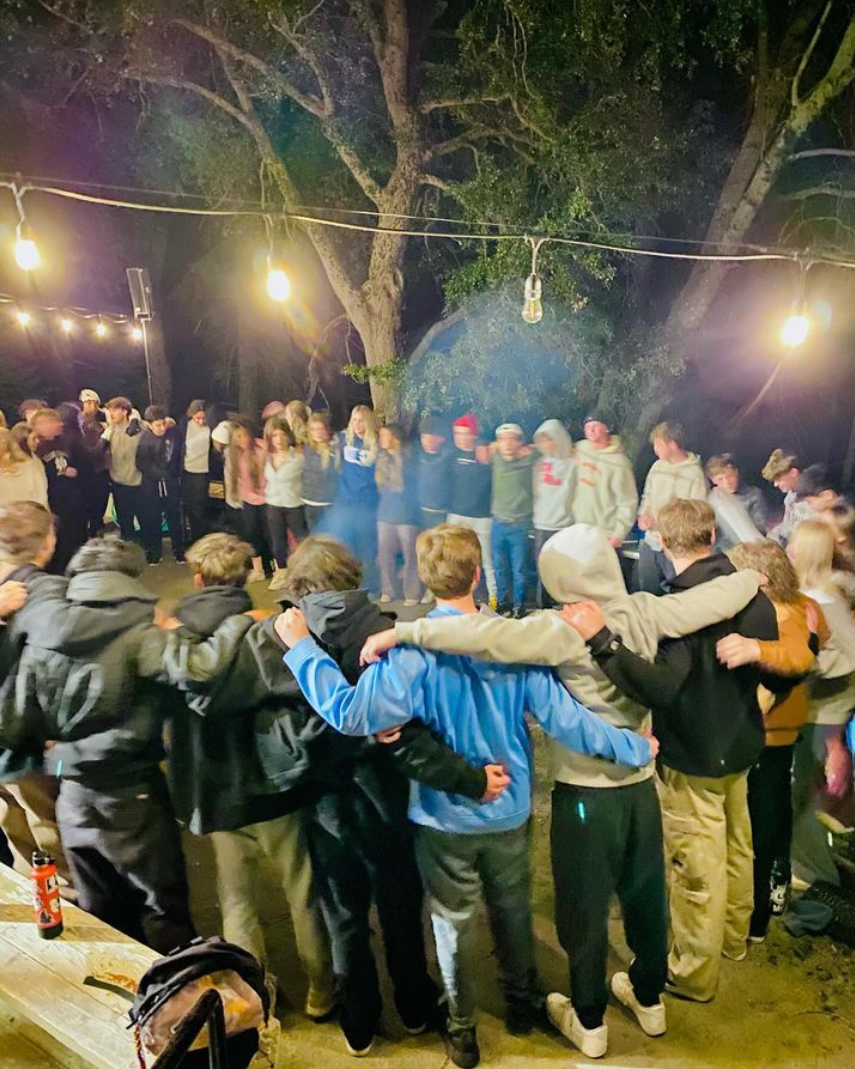









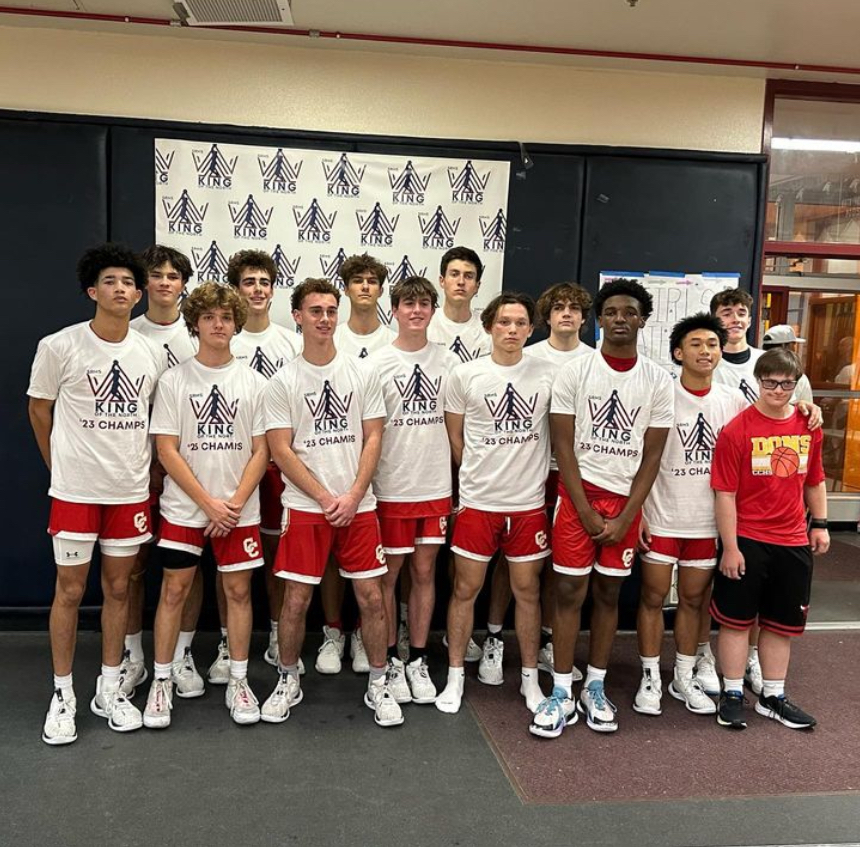















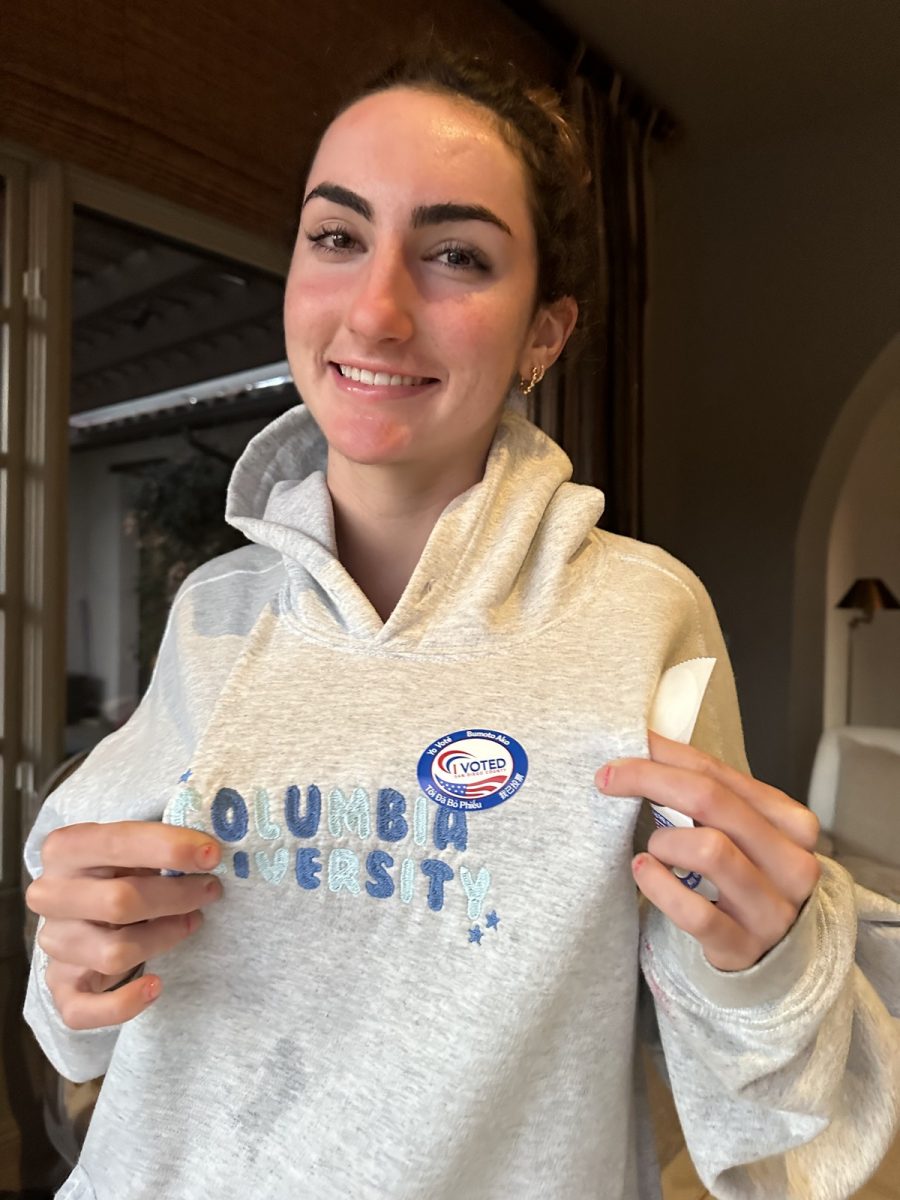







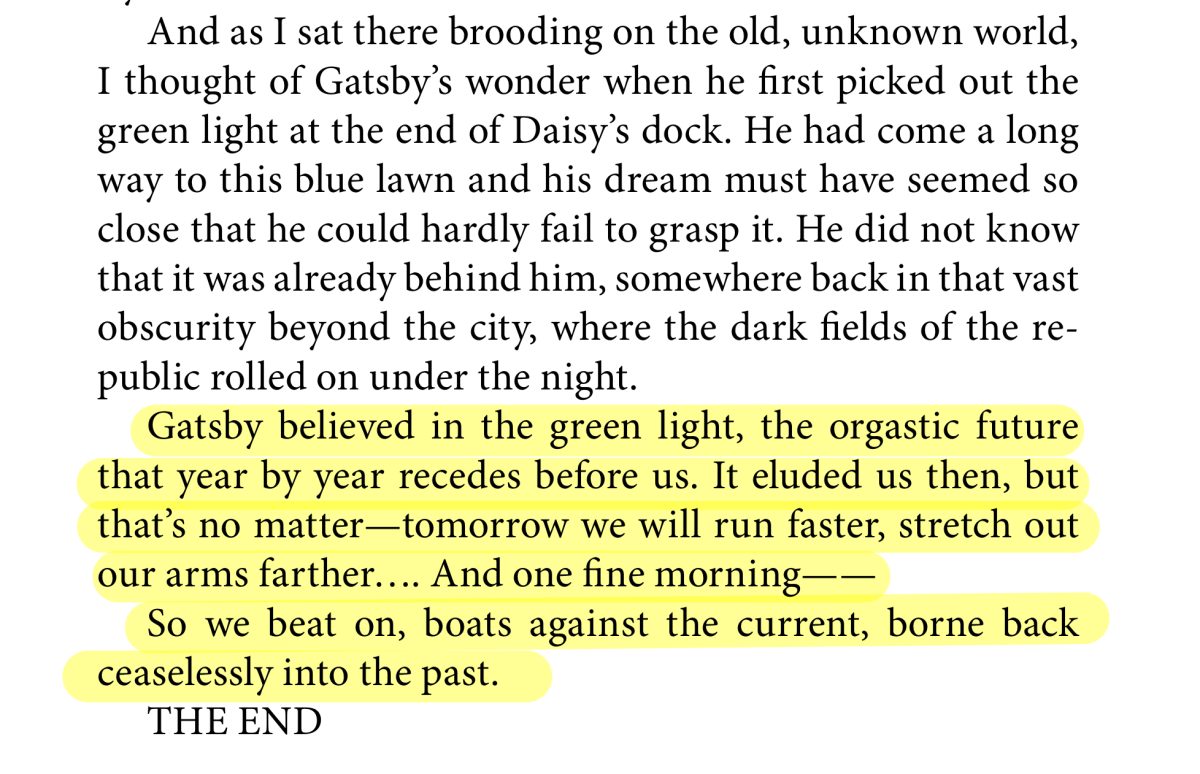






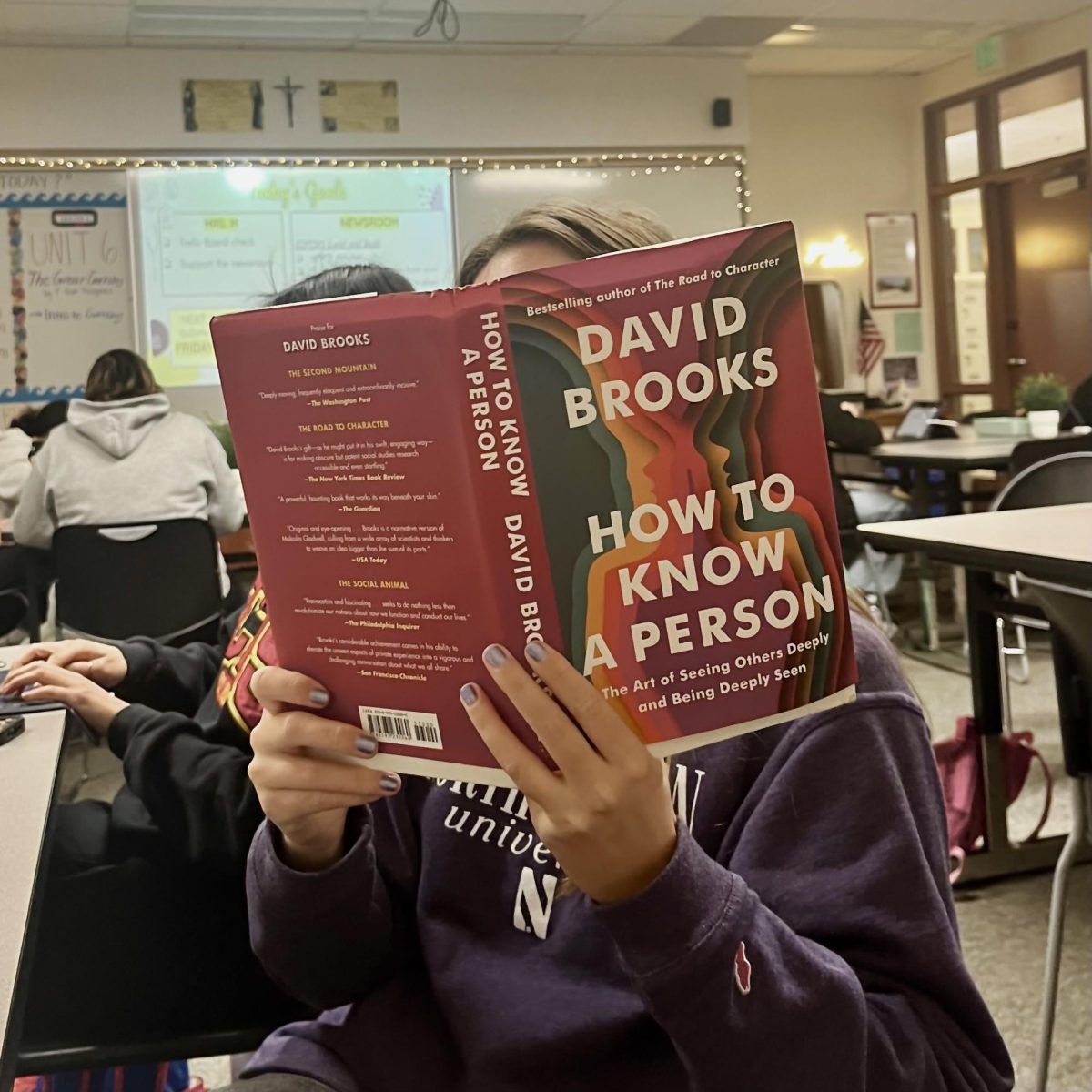







Jimmy • Aug 24, 2011 at 9:24 PM
Good story, but has the author heard of paragraphs??
adviser • Aug 25, 2011 at 6:40 PM
Thanks for pointing out the glitch in our publishing software, Jimmy. The problem has been rectified. – And thanks for the compliment. We at El Cid will miss the fine writing of Ms. Sarah Miller, who is now attending the University of Chicago.
-Adviser
Liza • Jun 30, 2011 at 10:32 AM
I just wanted to thank Sgt. Ross. When I became involved with him, I was using every day. When I got arrested, I got to experience what drug addiction really is all about – the dangers in overdose, crime, and death. Talking with Sgt. Ross and his partner got me to really want to clean my life. (It) still isn’t perfect, but its a thousand times better. I thank God for another day of life.
student information • Mar 24, 2011 at 8:10 AM
great school information
drug rehab los angeles • Mar 5, 2011 at 5:14 AM
thanks for sharing….